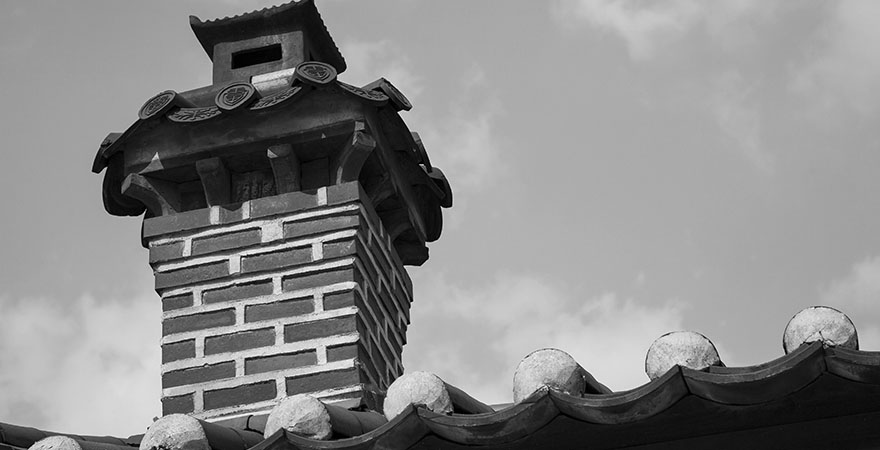How Are Chimneys Built?
The Dawn of Residential Chimneys
Studies suggest that Roman houses had tubes within the walls to drag out the smoke. These ideas were lost after the fall of the Roman Empire. And hundreds of years later, the trend of chimney caught on in England. In the latter half of the 13th century, the hole in the roof was enclosed by a board, known as louvres. These boards were made of horizontal wooden planks, fixed diagonally and an opening for the smoke to escape. Cheaper chimneys were made of wood covered by mud, straw, cow dung that were easily prone to fire. The houses in the 1600s were a one-story room house with a central chimney.
Chimney Protection
After the Norman invasion in 1066, the concept of two-story houses became popular. Having an upstairs meant that you could no longer have a fireplace in the middle of the floor, and to draw out the smoke, the fire area was shifted closer to the wall. The holes were jabbed in the exterior wall for the smoke to escape; gradually chimney flues were made to manage the downdraft.
In the 16th century Louis Savot, a physician from Paris, suggested some minor changes for smoky chimneys by reducing the breadth of the fireplace and a need for a smoother flue for less air to enter the chimney, thus creating a strong draft.
In the 17th century, the chimneys were replaced with brick and mortar, requiring the chimneys be 4½ ft above the roof. During the Georgian era (1714 – 1830), the brick flues were built because it could handle the heat and secondly, it was difficult to cut and shape stones. Around the 1800s, chimneys were built with flues, which were 225mm, the withe (walls between the flues) was 100mm. To prevent smoke from escaping, the flues were lined with mortar, known as parging. Also, coal replaced wood as a fuel source.
Brick Chimneys & Fireplaces
Since brick chimneys could not help get rid of smoke in the house, it remained a serious problem in the 18th century. But with a better understanding of the heat in the early 19th century, chimneys evolved further. In the 1740s, Benjamin Franklin invented Pennsylvanian Fire Place to develop the competence of heating homes and the Franklin stove to burn fuel more efficiently. In 1795, he returned to England to invent Rumford Fireplace that substituted the cooking area with a shallow one reflecting the heat into the room. Instead of using the outside wall, Rumford chimney could be built-in the wall, ensuring the smoke traveled through the chimney and out of the house. Today, chimneys have become an inevitable part of our house.

